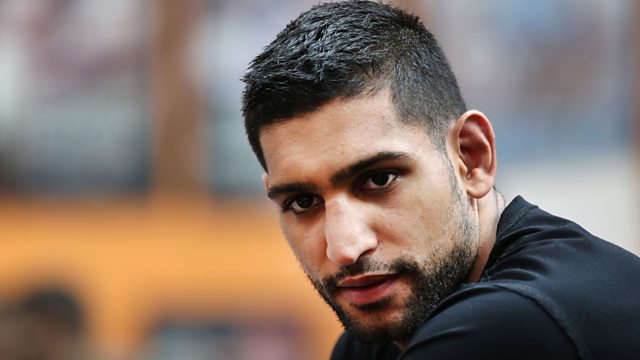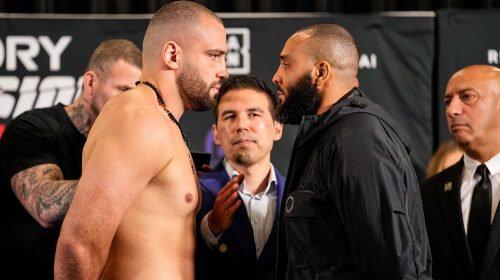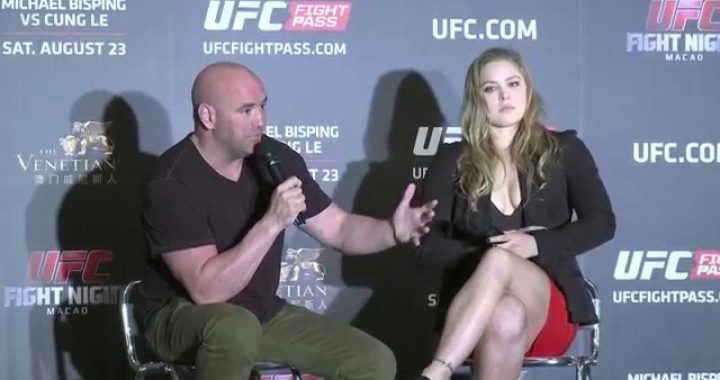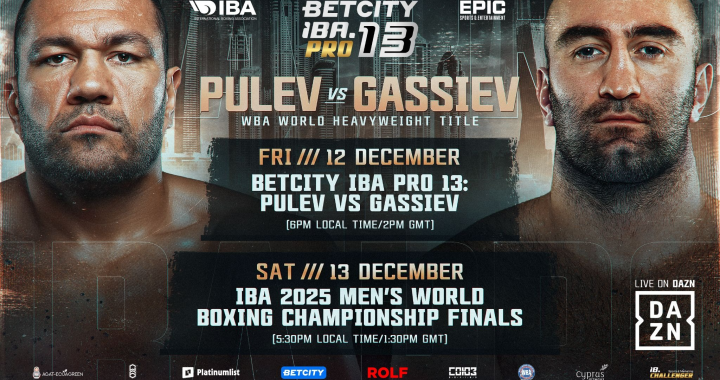
One Fight Too Many For Amir Khan?
There comes a time in every boxer’s career when it’s time to hang up the gloves and call it a day. For boxers who have been great, recognizing when that moment has arrived is even more important. Going on for too long, and collecting too many defeats, are a surefire way of tarnishing a legacy. We need only look at the sad spectacle of Roy Jones Jr to understand that.
For Amir Khan, that moment was probably his crushing defeat against Terence Crawford in April of this year. Khan still appears to be in denial about that fight. He was caught with an accidental – but very strong – low blow from Crawford, which ultimately saw his corner throw in the towel when he was unable to recover. To the audience both in the arena and at home, it appeared that Khan had simply quit. For all of Khan’s insistence to the contrary, and his perspective that he couldn’t fight on while in such pain, the result was already beyond doubt. Khan was being outboxed comprehensively, had been on the canvas in the first round, and was behind on all three judges’ scorecards at the time of the stoppage.
As we’ve seen with far too many boxers before, though, the lure of the ring is a strong one – especially when there’s box office money on the table. It would be one thing of Khan had chosen to take a big box office UK domestic showdown with his longtime rival Kell Brook, which could have been marketed as ‘loser must retire’ and drawn huge Pay Per View revenue in his home country. Khan hasn’t done that, though. He’s decided to go to Saudi Arabia and fight a complete unknown by the name of Neeraj Goyat in return for a $7m paycheck. In doing so, he’s drawn the ire of boxing fans, and further damaged his reputation.
Blood Money?
The Kingdom of Saudi Arabia is very keen to use sport and entertainment as a propaganda tool in recent times. UFC has been lured over there by big money offers in the past, as have world-renowned artists like Mariah Carey. The WWE faced enormous criticism from John Oliver on ‘Last Week Tonight’ for taking Saudi money to put on a stadium show there just weeks after the brutal murder of journalist Jamal Khashoggi. Despite its desire to be seen as a progressive state, violent executions are still commonplace, and women and homosexuals are heavily oppressed. Going to Saudi for a fight may do wonders for Khan’s bank account, but it doesn’t do much for his image.
From a sporting perspective, the fight doesn’t make any sense. Khan is a former multiple time champion of the world at light welterweight. Goyat has never won a world title of any kind, and already has three defeats on his record to men far below Khan’s standing. Khan has said that if he doesn’t ‘feel like himself’ in the ring against Goyat, he’ll ‘probably retire.’ The reality of the situation is that if there’s any part of Khan that questions whether he still has it in him to beat an opponent like Neeraj Goyat, he should have retired already. Nowhere else in the world would this fight earn Khan the kind of money he’s getting in Saudi, and only the naive would think there’s any other motivation for Khan to perform there.
Money In The Bank
We’re not, for a moment, suggesting that boxers shouldn’t be paid for the risks they subject themselves to for our entertainment. The career of a boxer is a short one, and the job doesn’t come with a pension. Every time they step into the ring, it’s a gamble. Boxers treat their bodies like an online casino such as Amigo Slots, putting in money in the form of training, and hoping for a large payout as a reward. Sometimes, those jackpots come in the form of world titles. Other times they come in the form of a loss, but a large check for a great box office performance. Eventually, the casino game stops paying out. You can keep on paying in, but the reels keep coming in empty, and your bankroll runs out. You have to take all you can from the casino before that moment arrives. If Khan needs $7m for his retirement funds, he has the right to go and take it.
What will rankle with fans is that he could easily have received the same amount of money – and far more – by fighting Brook. There was even talk that he was being lined up for a fight against Manny Pacquiao (another fighter who, at this point, has gone on too long). That, too, would have drawn box office revenue above $7m. By not doing so, Khan is telegraphing that he knows that he’s a man out of time, and he’s no longer capable of fighting at the elite level. Coupled with the questionable choice of destination for the Goyat fight, it’s a sad coda at the end of what was once a great career.
Amir Khan’s Legacy
Amir Khan has perhaps not been the world-beating all-time great that Britain was hoping for when he won a silver medal at the Olympic games in 2004. For all of his talent – and his legendarily fast hands (compilation videos of his hand speed on YouTube are how many American fight fans first became familiar with him) – his chin let him down on the big occasions too many times. He won world titles, but every time he went looking for a truly big name to add to his resume, he wound up on the wrong side of a defeat.
In taking the fights, though, Khan demonstrated courage. He never ducked a fight. He never tried to avoid the biggest names in his division. He fought everybody, and he won and lost accordingly. It took courage for him to pick himself up and get back in the ring after being heavily knocked out by Canelo Alvarez. The fact he’s only fought three times in the three years since tells you everything about how much that loss took out of him. The Crawford fight was make or break for Khan, and it turned out to be ‘break.’ Pacquaio and Brook are the two exceptions to that rule, and the only two Khan fights left that would draw money. By ignoring them and taking a paper opponent on a Saudi propaganda side instead, Amir Khan appears to be finishing his career with a whimper.


























